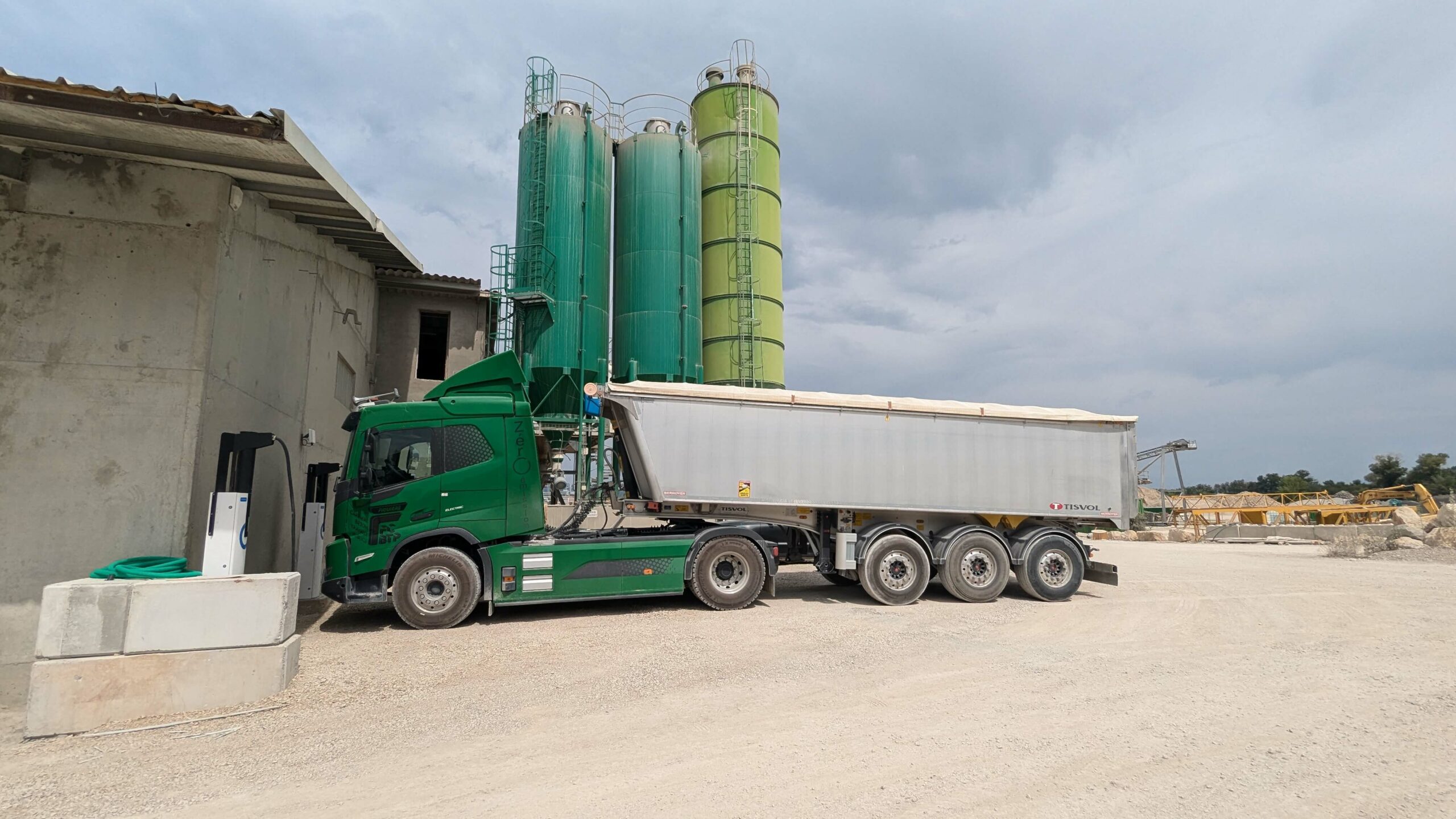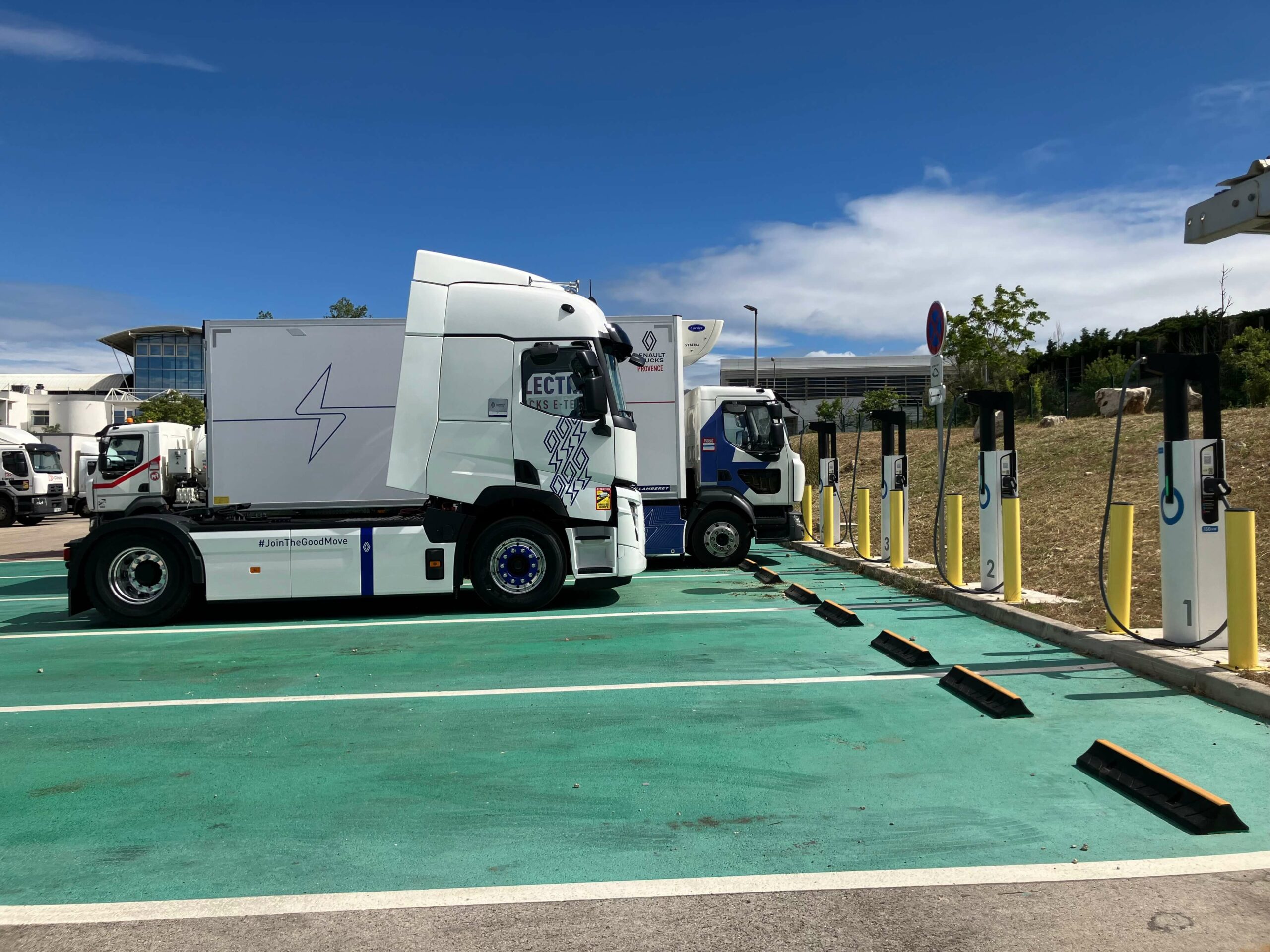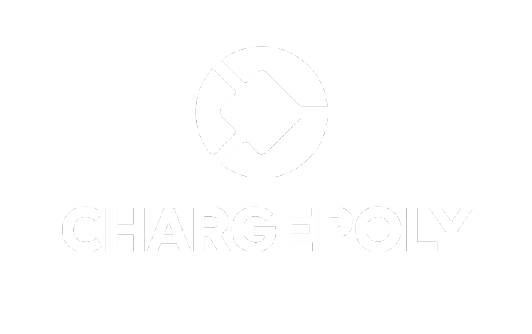The acquisition of electric trucks is a pivotal step for companies looking to accelerate their transition to more sustainable mobility. However, this transformation goes beyond simply purchasing new vehicles. To ensure the success of this transition, it is crucial to synchronise the acquisition of electric trucks with the implementation of suitable charging infrastructure. This article will guide you through the key steps to ensure a smooth and effective transition.
1. Why is synchronised charging infrastructure essential?
Transitioning from a diesel fleet to an electric fleet relies on seamless coordination between vehicles and infrastructure. Here are the key challenges of successful synchronisation:
- Ensuring a smooth operational transition: Purchasing trucks without having operational infrastructure in place can lead to costly immobilizations, disrupting logistics operations.
- Maximizing electric truck performance: A well-designed infrastructure ensures your trucks operate at full capacity without unexpected downtime or productivity losses.
- Reducing operational costs: Optimized charging during off-peak hours and the use of ultra-fast chargers (up to 400 kW) minimize interruptions and lower energy expenses.
2. Key steps to synchronise electric truck acquisition and charging infrastructure
2.1 Evaluate your Fleet's specific needs
Before investing in electric trucks, it is essential to evaluate your fleet’s unique requirements:
- Route and trip analysis: identify regular routes and potential charging points. Trucks covering long distances require fast-charging stations, while those operating on short routes may rely on overnight charging.
- Charging capacity requirements: calculate the charging capacity needed to ensure all trucks in your fleet can be charged without delays. Consider the power output of chargers and the number of charging points required.
2.2 Plan infrastructure in advance
Once your needs are identified, infrastructure planning should begin well before truck acquisition:
- Strategic site selection: Choose charging station locations based on accessibility, electrical grid availability, and proximity to your fleet’s routes.
- Collaboration with experts: Partnering with companies like Chargepoly, specialized in fast charging solutions, simplifies the process. We provide comprehensive support, from design to installation.
- Account for installation timelines: Installing charging infrastructure can take several months, especially if grid connection works are required. Account for these timelines to avoid delays in deploying your new trucks.
2.3 Anticipate costs and securing financing
Investing in charging infrastructure represents a significant financial commitment, but careful planning can help you avoid surprises:
- Cost estimation: thoroughly evaluate infrastructure-related costs based on required capacity, installation work, and potential grid upgrades. Don’t forget to include recurring maintenance expenses in your forecasts.
- Access subsidies and financing: explore national and European financial aids for charging infrastructure installation.
- Return on investment (ROI) analysis: calculate ROI by factoring in fuel savings, reduced maintenance costs for electric vehicles, and tax incentives associated with fleet electrification.
3. The risks of poor synchronization
A lack of coordination between truck acquisition and infrastructure can lead to:
- Costly delays: Trucks left idle due to a lack of operational charging stations result in revenue losses and tied-up capital.
- Underutilization of electric trucks: Insufficient infrastructure can limit vehicle performance and cause operational disruptions.
- Costly oversising: Overestimating infrastructure needs can lead to disproportionate investments. An oversized charging station, with more chargers or higher power than required, incurs unnecessary costs both during purchase and operation.
- Neglecting team training: Managing an electric fleet requires specific skills. Ensure your teams, especially drivers and technicians, are trained in the specifics of electric trucks and charging infrastructure.
4. How Chargepoly can support your electric transition
At Chargepoly, we are committed to being your trusted partner for a successful electric transition. Our fast-charging solutions (up to 400 kW) are designed for heavy-duty truck and bus fleets. We support you every step of the way:
- Assessing your fleet’s needs to provide tailored solutions.
- Turnkey installation of chargers at strategic locations.
- Customised financing to minimize financial impact.
Acquiring electric trucks and deploying charging infrastructure are two inseparable projects. By synchronising these steps with strategic planning and relying on experts like Chargepoly, you can avoid delays, optimise operations, and prepare your fleet for the future. Electric transition is not a challenge but an opportunity for sustainable growth.




